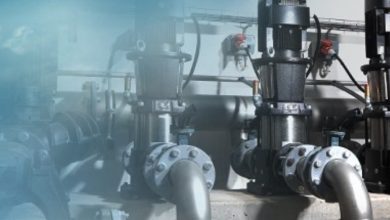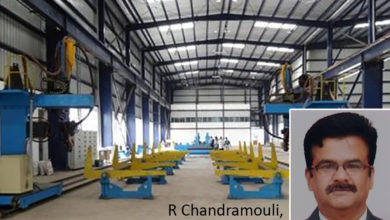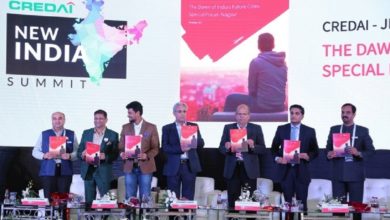Sudheer Perla, Country Manager- India, Tabreed on pre-budget expectations
Cooling service providers face several regulatory hurdles in India which the spokesperson expects to address
The Prime Minister in his speech presented his five-point agenda at COP26, one of which is to swiftly reduce the carbon intensity of the Indian economy. India’s rapidly growing cooling demand is a primary factor in the country’s decades long carbon intensity and energy consumption. The India Cooling Action Plan (ICAP) identified several intervention pathways for sustainable cooling demand growth including development of district cooling markets in the country. This will be a critical component of the country’s carbon intensity reduction strategy, as well as a means of meeting the country’s cooling demand.
Cooling or heating are considered utilities such as gas, water or electricity in many parts of the world with several progressive countries mandating and regulating this sector for the multitude of benefits it brings, however, this has been a non-existent market in India for a variety of reasons. We firmly believe that cooling utilities will help reduce carbon intensity and bring down overall cooling cost.
For India to meet its Paris commitment, India’s energy planning for cities must become more holistic and cooling is an area that has huge potential for sustainability-driven synergies. We are expecting the Union Budget to focus on green financing new urban energy concepts which will help the country to achieve its carbon reduction targets. In order to achieve this, India must incorporate energy efficient technologies into new green field developments and implement them through public-private partnership models.
Cooling service providers, face several regulatory, tax and statutory hurdles in India, which we hope will be addressed in the 2022-23 Union Budget. We also expect that various forums such as the Ministry of Housing and Urban Affairs, Smart Cities Mission will launch pilot projects incorporating cooling utilities and directing investments toward environmentally friendly cooling technologies in the future.






